Cinematographer Matthew Libatique on Shooting Back-to-Back NYC Thrillers for Spike Lee & Darren Aronofsky
Cinematographer Matthew Libatique grew up in Queens. He knows New York City, which is a good thing because his knowing eye lends luster to a pair of urban thrillers hitting screens this month courtesy of directors Spike Lee and Darren Aronofsky. Libatique, Oscar-nominated for Black Swan, A Star Is Born, and Maestro, shot four previous movies for Lee before helping the iconic New Yorker in his latest, the Denzel Washington-led thriller The Highest 2 Lowest (limited in theaters, streaming on Apple TV+ starting September 6). And he collaborated on six acclaimed arthouse features with Aronofsky before taking on the auteur’s East Village action comedy Caught Stealing (in theaters August 27), featuring Austin Butler and Zoë Kravitz.
Libatique, who filmed the movies back-to-back, says, “Spike is very fluid. Darren is extremely precise. For me, as a spectator of sorts, it was fun to see how these two great filmmakers interpret an amazing city.”
Speaking from his Brooklyn home, Libatique discusses his “languid camera” strategy for filming Denzel Washington and recounts the time he crouched down behind a rolling cart to follow Austin Butler as they both raced through a New York City grocery store.
How did Spike Lee ground you in his vision for Highest 2 Lowest, which is inspired by Akira Kurosawa’s 1963 classic High and Low.
From the beginning, Spike said this is not a remake, it’s a re-interpretation. That gave me a little bit of a paved road for how to approach the cinematography. In Kurosawa’s original, for example, one of the things I found stunning was this view at the beginning where they set up the relationship between the have-nots at the bottom of the hill and the haves — [actor Toshiro] Mifune — standing inside this room looking out the window.
Highest 2 Lowest echoes that relationship with this epic opening shot of the city’s skyline that lands on Denzel Washington, as music mogul David King, standing on the balcony of his Dumbo penthouse in Brooklyn overlooking Manhattan.
We’re getting the lay of the land of the story, and in every frame, we’re getting a sense of the character because of how opulent and luxurious and playful everything is.
The camera even moves differently, it seems, in the first act.
We pretty much did static shots and dolly moves, trying to keep it a little more traditional—a little more of a languid camera.
“Languid” can work when you have Denzel Washington in focus.
With Denzel or any performer of that magnitude, that talent, that skill, that celebrity, that magic, as a cameraman, you’re dealing with less is more. You’re just trying to stand in front of him and capture the performance. Then, when conflict ensues, all of a sudden, there are detectives in the penthouse, so there are more cameras involved, and the camera language starts to get a little messier.
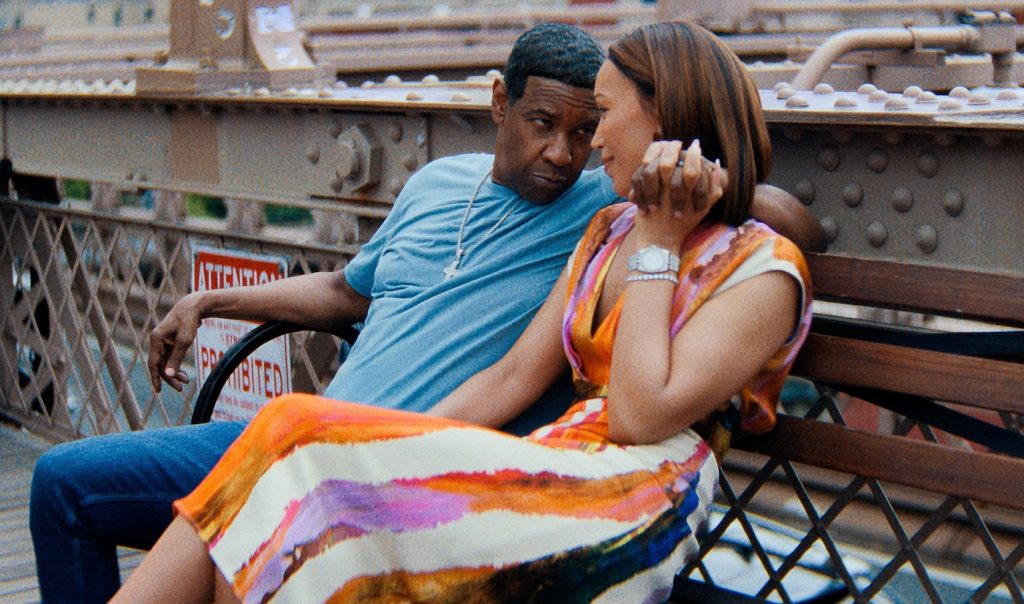
SPOILER ALERT
Circumstances force “David King” to leave his luxurious world and get on the subway crammed with rowdy baseball fans traveling north through Manhattan to Yankee Stadium. How did you film Denzel Washington, one of the biggest stars in the world, in a public subway?
With a lot of help from the New York Film Commission and the MTA. We’re trying to travel from Borough Hall [in southern Manhattan] all the way up to 161st Street, but in New York, there are only a few platforms you’re allowed to shoot. We got maybe two stops. We’d travel one way and then flip everybody to the other side and do it again. The platforms were tricky, too, because when we went from, say, Union Square to 42nd Street, they’d have to change all the signs and use different extras. [First Assistant Director] Joe Reidy and production designer Mark Friedberg did a fantastic job.
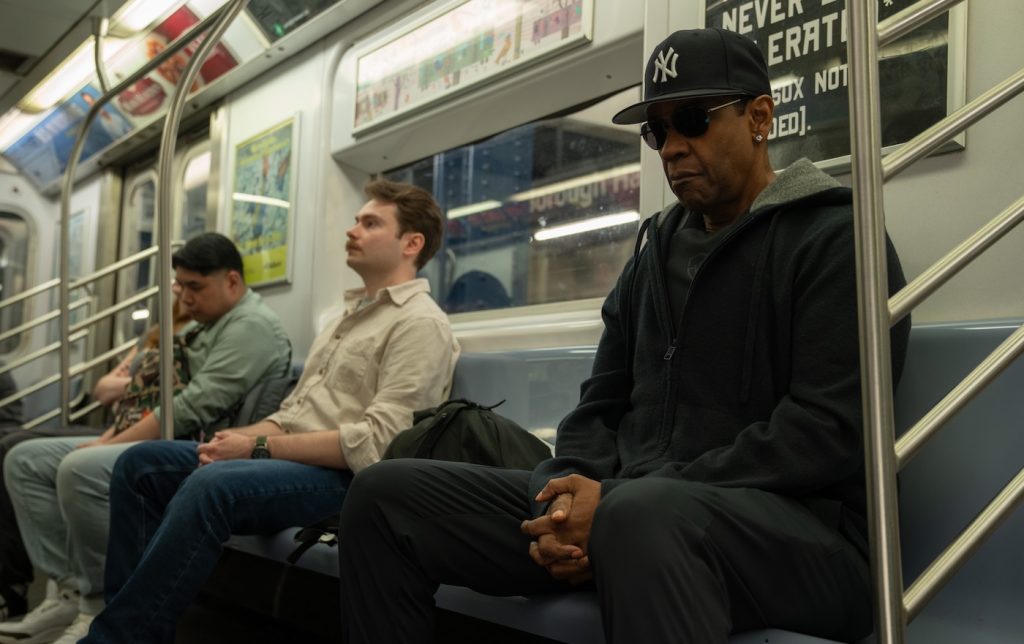
Intercut with the subway ride is this wonderfully chaotic set piece in the South Bronx centered on the Puerto Rican Day Parade, where Eddie Palmieri and his band are driving the crowd wild.
The late, great Eddie Palmieri, R.I.P.
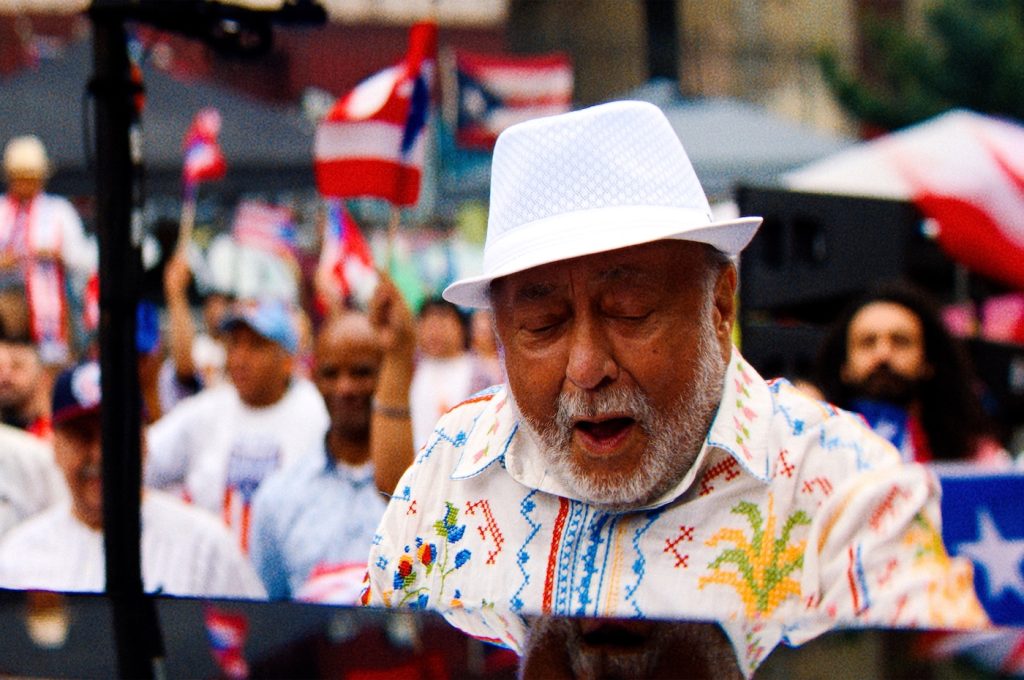
How did you capture all this mad vitality?
We started by doing about eight takes with Eddie. None of the music was pre-recorded. I couldn’t believe he could give that performance eight times in a row! So, we covered that first, recorded the music, played some back, and then cut to the crowd for their reaction. We spent three straight days photographing this event because that was the mandate from Spike. We wanted to capture every last detail, down to the people crushing sugar cane, shaving ice, and playing dominoes, to show something that’s quintessentially New York.
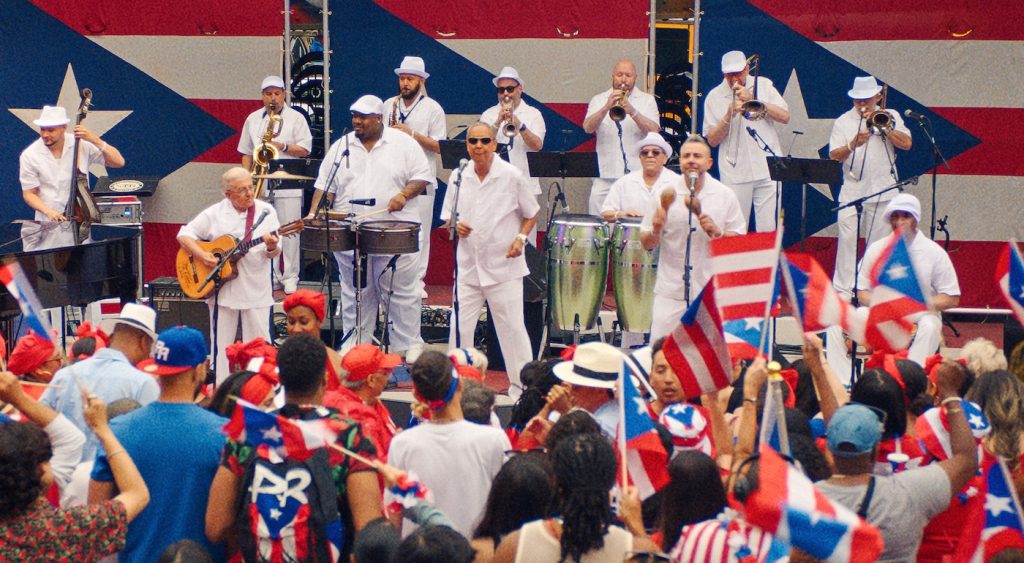
The look of the film shifts throughout the course of David King’s journey. Did you use different kinds of cameras along the way?
At the beginning, we wanted a more austere approach, so we shot with a more studio-type camera – the Alexa Mini LF.
And then the subway?
We introduced 16 millimeter and also started shooting multiple film stocks, reversal film stock as well as positive. As we got closer to the Puerto Rican Parade, we used Kodak Super 8 cameras. The idea behind it was to create as much different perspective as we could. There’s a line that Asap$ Rocky says to Denzel in their first phone call, “You’re not in control anymore.” That’s what we’re trying to convey.
You shot High 2 Low in New York, then went straight into Caught Stealing. What kind of economic impact do projects of this scale have on the local filmmaking community?
For those of us who are fortunate enough to have work, I feel like it’s incumbent upon me to employ as many people as possible. The lifeblood of the filmmaking industry is the working class, and coming off Covid and the writers’ strike, that created some pretty bad situations. For me to be able to employ people, it goes beyond feeling good — it feels like a responsibility. I just hope we find a way for this country to be able to hold some of the filmmaking inside its borders.
You’ve been collaborating with Darren Aronofsky since the early nineties, when you guys met as students at the American Film Institute’s AFI Conservatory in Los Angeles. How did this project differ from the previous movies you’ve made together?
Usually, with Darren, if you look at The Wrestler, Requiem for a Dream, Black Swan, Noah, The Whale, everything stems from the subjectivity of the main character. For Caught Stealing, Darren sort of set aside the obsessions of his past to make a fun popcorn movie, for lack of a better term. In this film, you don’t get that same sense of subjectivity because there are so many characters who all have to share space in the frame.
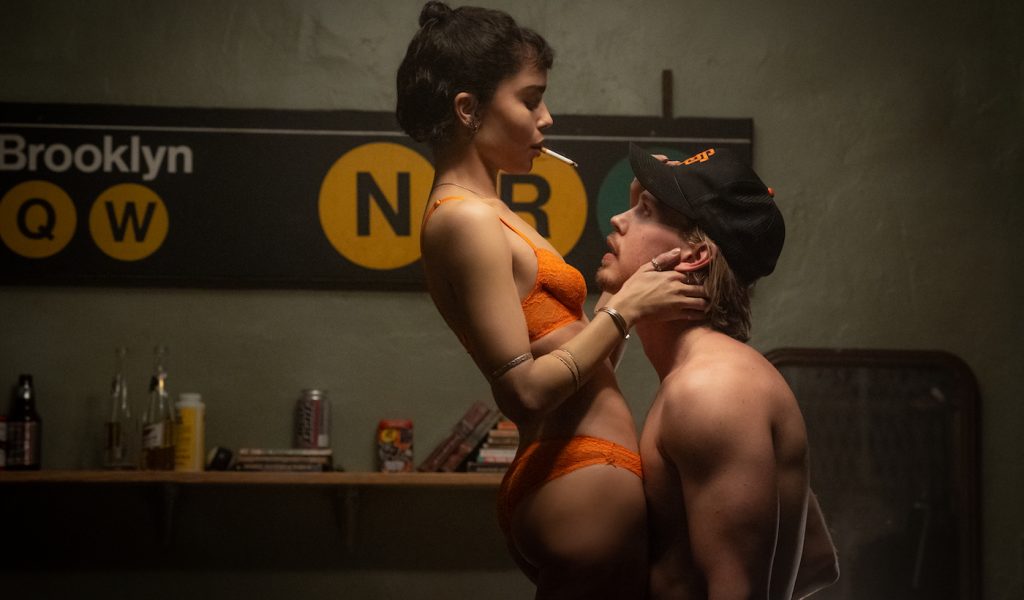
And one of those characters seems to be the city itself?
Location scouting is kind of how Darren and I developed the movie. Just walking through the East Village, you see something that inspires you, sparks a conversation, and then you circle back to what we’re doing in the story.
Each neighborhood has a distinctive personality, starting with the East Village, where Austin Butler’s bartender character, Hank, resides.
Then he goes to Chinatown, then we go over the Manhattan Bridge and to a Greenpoint storage facility in Brooklyn, then to Flushing Meadows, and eventually the film takes us to Brighton Beach. The story takes you to all these iconic neighborhoods. It’s a different kind of love letter to the city from Highest 2 Lowest, but they’re both New York.
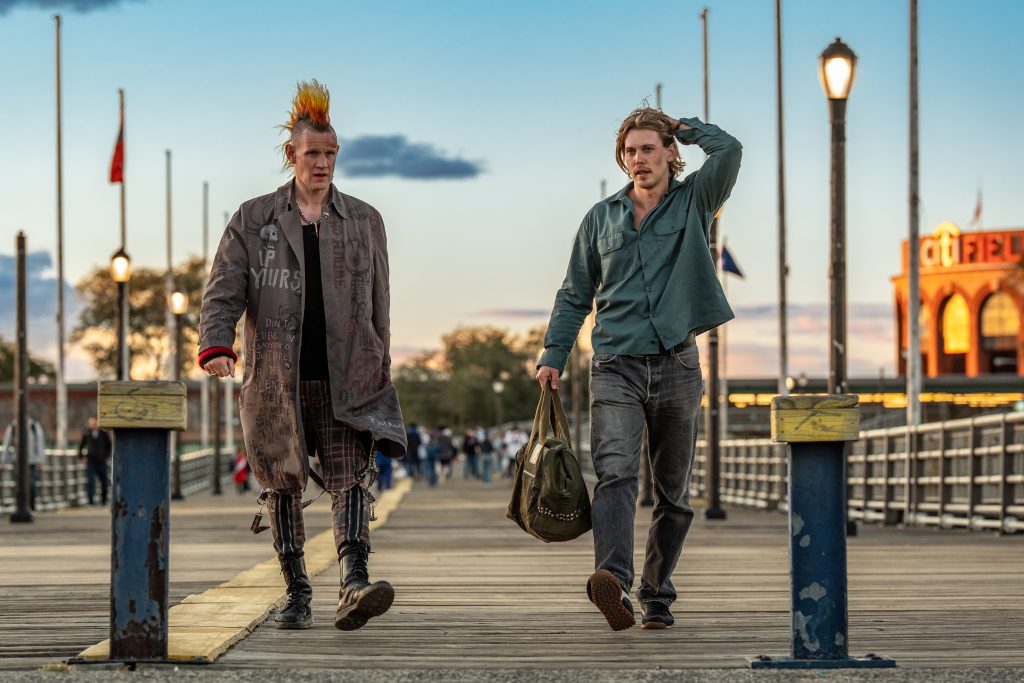
What kind of cameras did you use for Caught Stealing?
For the majority of the film, I used the Sony Venice 2 in combination with old Bausch and Lomb Baltar lenses [designed in the 1930s] that I bought from [four-time Oscar-nominated cinematographer] Ed Lachman. I also used the DJI Ronin 4D-8 K, because we shot almost everything except Hank’s apartment inside actual locations, and needed to move the camera freely within these small spaces. It’s an internally stabilized camera that has a stabilizing neck on it that allows us to shoot more like a Steadicam rather than handheld.
In one wild chase sequence, Hank’s racing through a grocery store at top speed with Vincent D’Onofrio’s character in hot pursuit. How did you capture that chase on camera?
I sort of hunched over on a sandbag cart, getting pushed by two people as I held the camera really low while Austin goes sliding under this forklift. We were just trying to move the camera as fast as possible.
And you’re right in the thick of it.
[laughing] Going as fast as they can push me.
In both of these movies, New York City adds so much texture to the storytelling. It’s not Anywhere USA.
Not at all. Nobody ever comes here to make it look like somewhere else. There’s only a few cities where you don’t do that. London. Paris. Tokyo. And you don’t do that in New York.
Featured image: L-r: Denzel Washington. Credit: David Lee. Hank (Austin Butler) with Bud (“Tonic” the cat) on Coney Island gains confidence in plotting his next move in Columbia Pictures CAUGHT STEALING. photo by: Niko Tavernise

